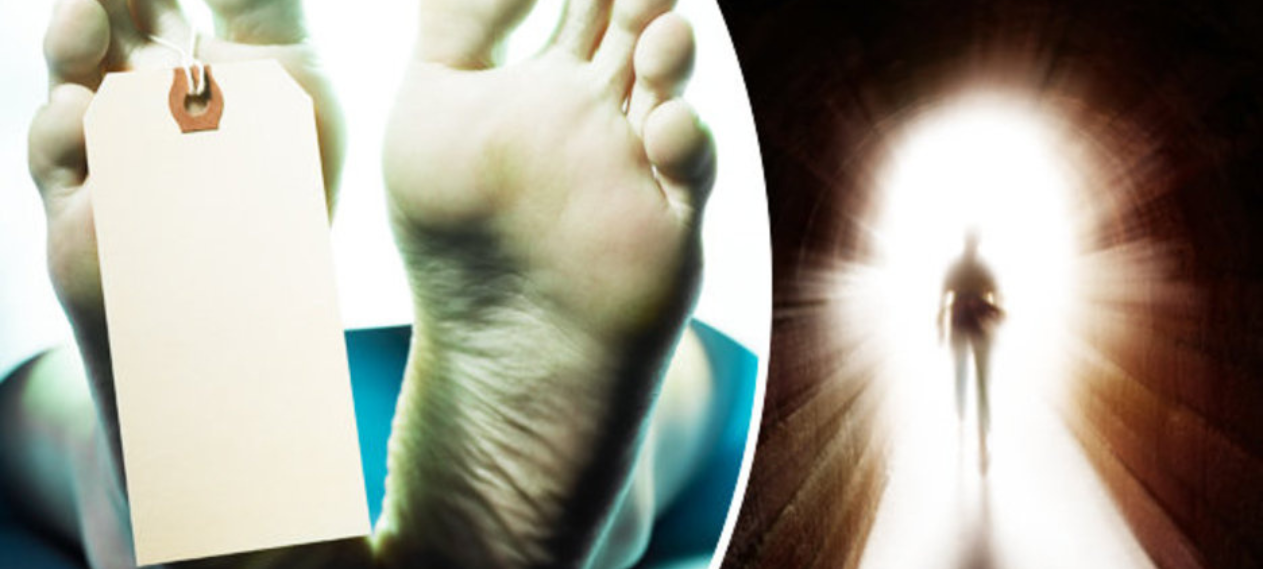Death is another inevitability in life that cannot be avoided, not even by tax evaders. Everybody dies, and when that happens, their bodies cease to operate as they should. Furthermore, it may be really disgusting. The body experiences a range of changes following death, including the organs ceasing to operate and the tissues beginning to break down.
What is Death?
Practically speaking, we all understand what it means to die, but what does contemporary medicine have to say about it? After all, a few electric shocks can “bring back the dead” for certain people. The termination of all “vital functions” of your organs, such as your heart, brain, and lungs, is referred to as actual, or “clinical,” death.
The Lazarus Phenomenon
Even after being declared dead for many minutes, persons have extremely seldom “come back” to life after CPR has been discontinued. Most patients experience “the Lazarus phenomenon” for a brief period of time before passing away. A analysis of 38 instances, however, revealed that 35% of the patients survived and did not suffer significant brain damage.
The Brain can be Conscious of Death
Patients who have been “brought back” from the dead following cardiac arrest frequently report having been “aware” of their brief “death,” which is typically caused by electric shocks to the heart. In some cases, knowledge retention appears to be possible for the brain, and some individuals even remember being declared dead before receiving resuscitation.
The Corpse May Poop its Pants.
Every muscle in the body releases tension before rigor mortis develops. Naturally, once the sphincters relax and the material, they’re keeping in is released, the outcome can be one last bowel movement. The possibility that whatever is within must come out increases if the bowels are full, however this doesn’t really happen very often.
The Body Goes Pale
Pallor mortis, sometimes known as “paleness of death,” is the earliest indication of death for most persons with fair complexion. It is possible to observe that the body’s capillaries have stopped supplying blood and coloring the skin as soon as 15 to 25 minutes have passed after death. When the heart stops beating, this is the beginning of a much longer process.
Discolouration of the Body
Following pallor mortis, livor mortis, or the discoloration of death, is the next physical state that occur after death. The body’s blood will begin to feel the pull of gravity and fall toward the earth once the heart stops pumping. As the blood “sinks,” the bodily parts nearest to the earth will get darker.
Read more:Effective Ways to Reduce Wasted Time in Your Daily Life
The Body Gets Cold
The reason why the average resting temperature of a human body is around 37 degrees Celsius (98.6 degrees Fahrenheit) is due to the energy required to maintain life. Algor mortis, also referred to as “the coldness of death,” is the process by which a corpse typically cools to room temperature after the heart stops pumping.

